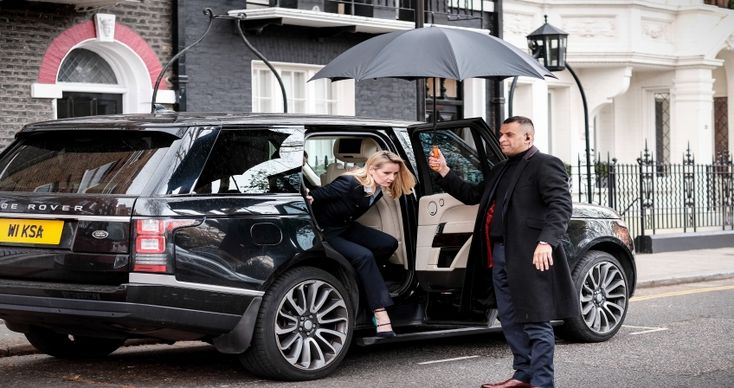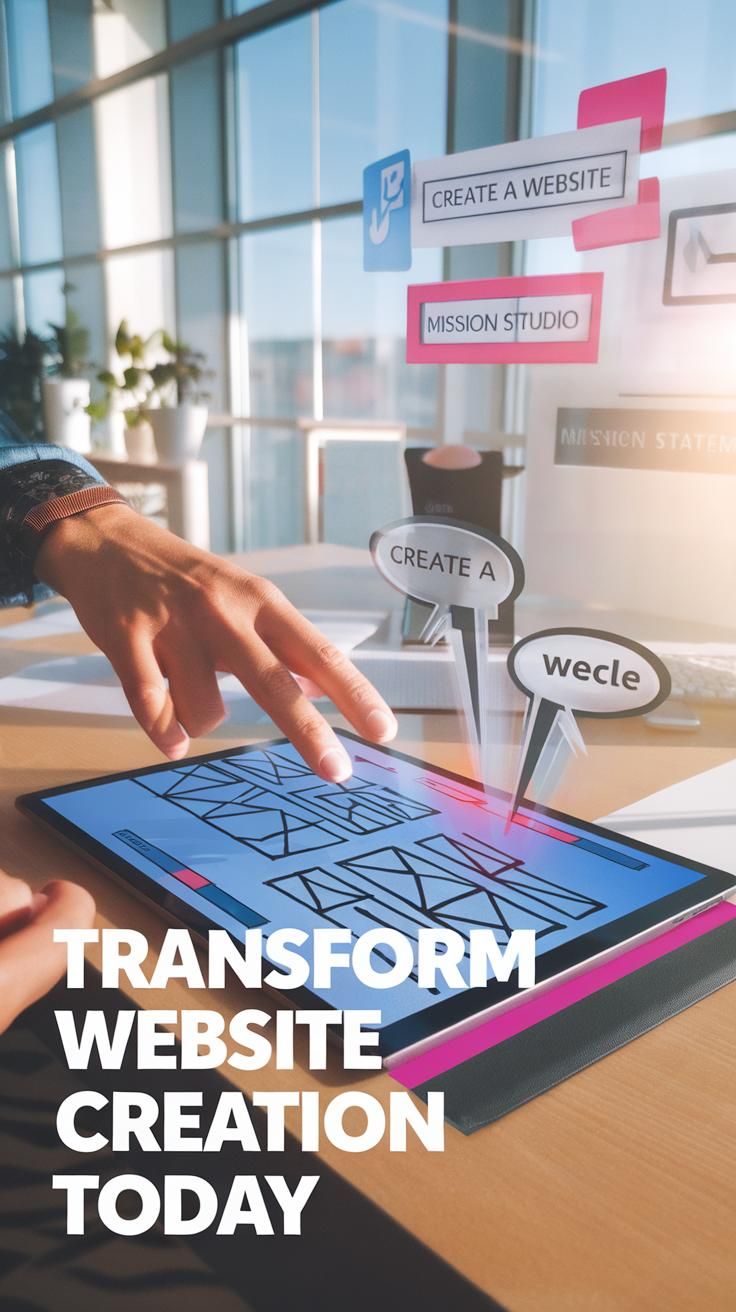In the fast-paced digital age, your website serves as more than just a virtual business card. It’s the heartbeat of your brand, the first impression you make, and—most importantly—your 24/7 storefront. Whether you’re a startup or an established company, your website design can either attract and retain users or drive them straight into the arms of your competitors.
Gone are the days when basic templates and cookie-cutter designs were enough. Today, successful businesses invest in customized, strategic, and user-focused website design to captivate their audience, drive conversions, and strengthen their digital presence. But what exactly makes a great design? How do form and function blend to produce results?
Let’s explore.
Section 1: Understanding the Core Elements of Website Design
At its core, website design is a blend of aesthetics, usability, and technology. It’s not just about making something look good—it’s about ensuring it works well, is easy to navigate, and serves a clear purpose for the user. Designers must take into account layout, color schemes, typography, visual hierarchy, and responsiveness.
For instance, a well-thought-out layout guides users through the site intuitively. Strategic placement of call-to-action buttons, headlines, and images ensures the visitor doesn’t get lost or overwhelmed. In parallel, color psychology can influence how users feel and interact with your brand. A calming blue might convey trust, while a bold red can drive urgency.
Equally important is responsiveness—your site must look and perform beautifully across desktops, tablets, and smartphones. With over half of web traffic now coming from mobile devices, ignoring mobile optimization is a mistake you can’t afford to make.
Section 2: Why First Impressions Begin with Design
Did you know that it takes users just 0.05 seconds to form an opinion about your website? That split-second reaction is rooted in visual perception, making design the deciding factor in whether a user stays or leaves.
This first impression doesn’t just affect bounce rates—it influences credibility, trustworthiness, and even purchasing decisions. Users instinctively associate a well-designed site with professionalism and legitimacy. On the other hand, a cluttered or outdated design can send potential clients running in the other direction.
But design isn’t just skin-deep. Great design also considers user experience (UX). This includes how easily someone can find what they’re looking for, how long pages take to load, and whether the navigation feels intuitive. A good first impression draws users in, but seamless UX keeps them engaged.
Section 3: The Fusion of Creativity and Strategy
Creativity gives your brand a unique identity online. However, creativity without strategy is just decoration. Effective website design marries visual storytelling with business goals. Every element—whether a hero image, headline, or contact form—should be placed with intent.
For example, your homepage is your digital elevator pitch. It must instantly convey who you are, what you do, and why visitors should care. But beyond aesthetics, designers must think about conversion paths. Where should the user go next? Should they subscribe to a newsletter, book a call, or make a purchase?
Additionally, search engine optimization (SEO) must be factored into design strategy. Clean coding, fast load times, and mobile-friendliness all contribute to better rankings on Google. Therefore, design choices don’t just affect your users—they impact your discoverability.
A perfect example of strategic creativity in action is the team at Greenlight Websites, who specialize in modern, intuitive, and conversion-driven Website design for businesses aiming to scale. Their work seamlessly blends form and function, delivering an online experience hat resonates with users and search engines alike.
Section 4: Common Website Design Mistakes to Avoid
Even with the best intentions, businesses often fall into common design traps that sabotage performance. One frequent issue is information overload. Trying to cram too much content above the fold or bombarding users with popups can backfire. Simplicity, when paired with smart layout choices, is often more effective.
Another mistake is ignoring loading speed. Beautiful graphics and animations may look great, but if they slow your site down, users will bounce before they even see them. Optimization tools, lazy loading, and streamlined coding are essential practices in modern design.
Also, many businesses neglect accessibility. Ensuring that your website is usable by individuals with disabilities isn’t just ethical—it can also expand your reach and prevent legal headaches. This includes using proper contrast ratios, alt text for images, and keyboard-friendly navigation.
And finally, some websites fail to guide users toward a goal. Without a clear hierarchy or call-to-action, users can feel lost. Design should always lead the user down a deliberate, intuitive path.
Section 5: The Future of Website Design – What’s Next?
As technology evolves, so too does website design. Trends like dark mode, micro-interactions, and AI-driven personalization are gaining traction. But beyond trends, the emphasis will increasingly be on human-centric and emotionally intelligent design.
Future websites will likely anticipate user needs more intuitively, thanks to data integration and artificial intelligence. For example, an e-commerce site could display products based on a user’s behavior and preferences in real-time. Similarly, voice-activated navigation and augmented reality (AR) integrations will make experiences more immersive.
Moreover, sustainability is becoming a factor in digital design. “Green design” focuses on reducing the energy consumption of websites through efficient coding, optimized images, and sustainable hosting solutions. It’s a shift that aligns digital development with environmental responsibility.
Staying ahead of these changes means not just following fads but understanding how evolving technologies and human behaviors intersect. The best designers will be those who continue to think ahead, adapt quickly, and design with both empathy and efficiency.
Conclusion: Design Isn’t Just Visual—It’s Foundational
Website design is far more than aesthetics. It’s a powerful business tool that influences perception, behavior, and bottom-line results. A well-designed website tells your story, earns trust, and guides visitors toward taking action. It’s your most important digital asset—and it deserves the same level of strategic thinking as any other part of your business.
From thoughtful layouts to mobile responsiveness, from conversion-driven elements to fast-loading pages—great design demands attention to detail and an understanding of both form and function.
So, whether you’re launching a brand new site or considering a redesign, remember this: Design isn’t decoration—it’s strategy. And when done right, it can be the single most valuable investment you make in your brand’s digital journey.




